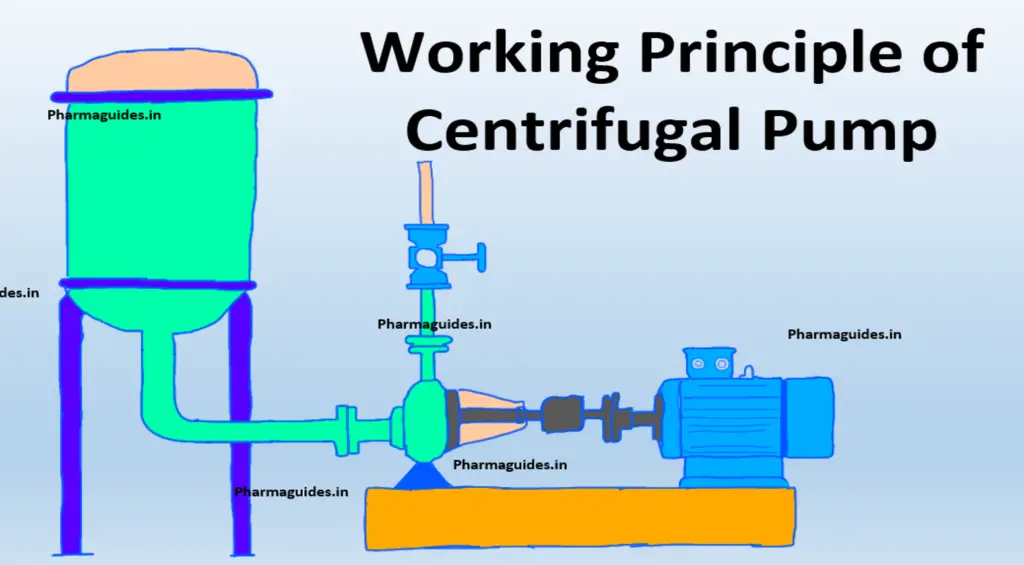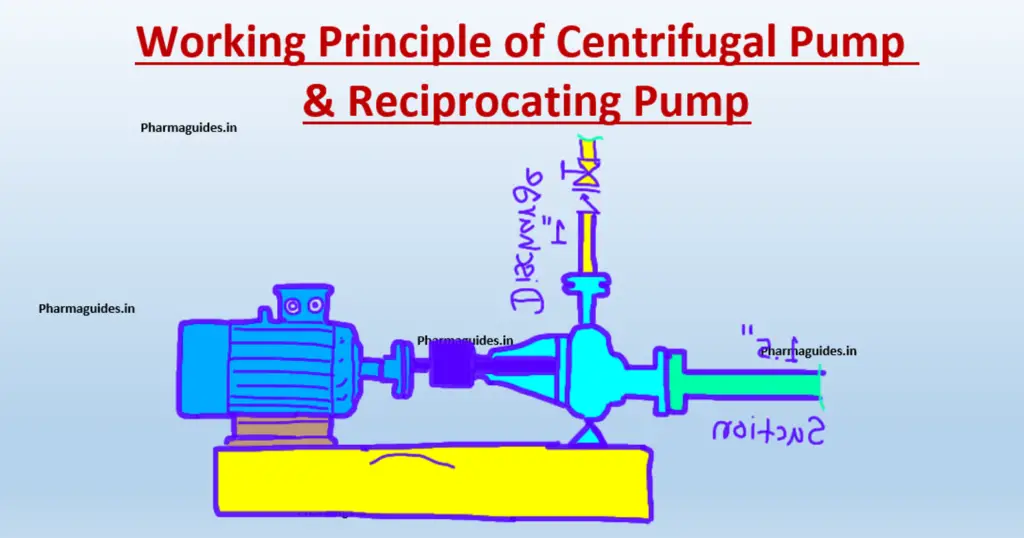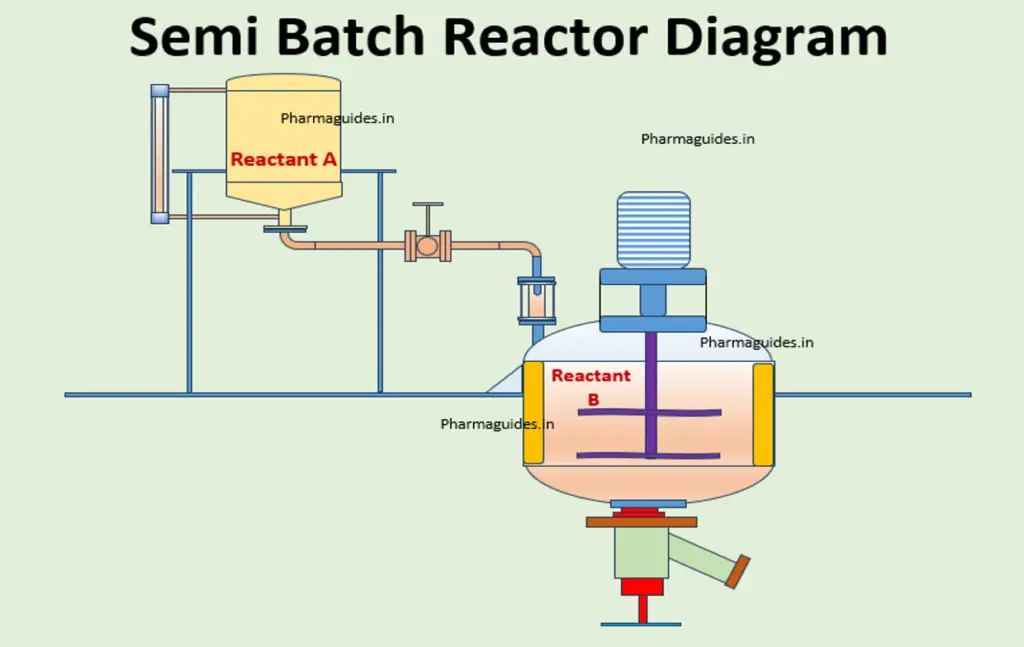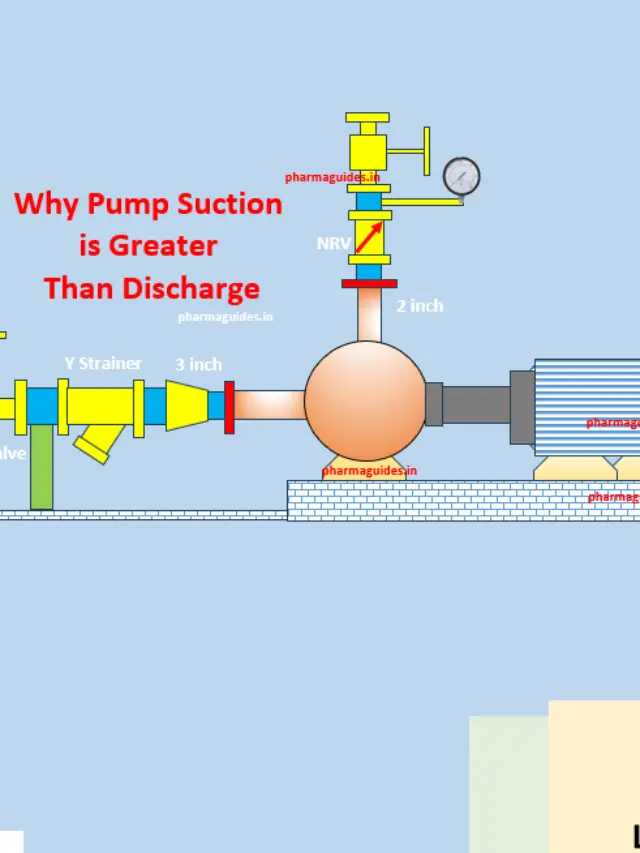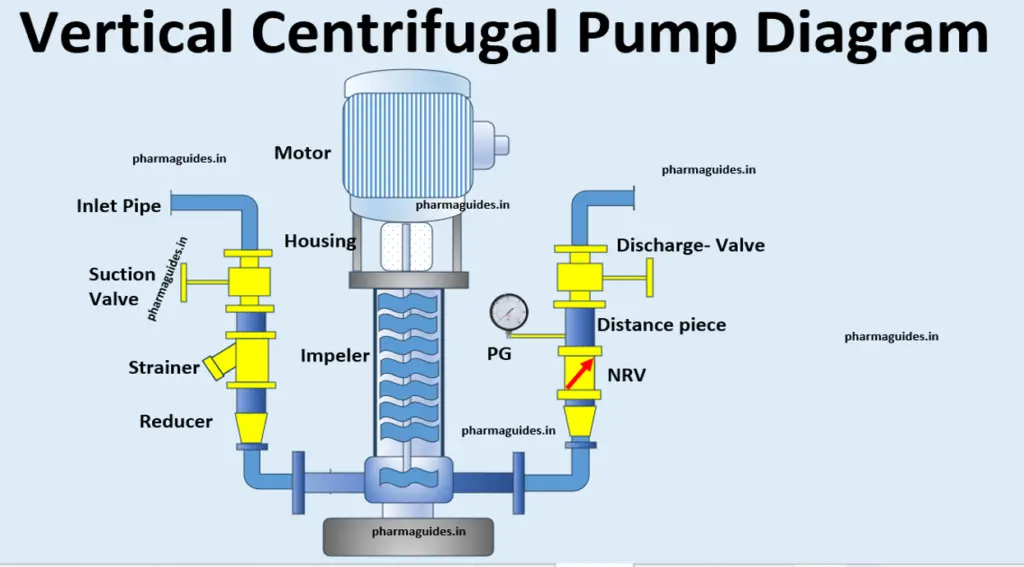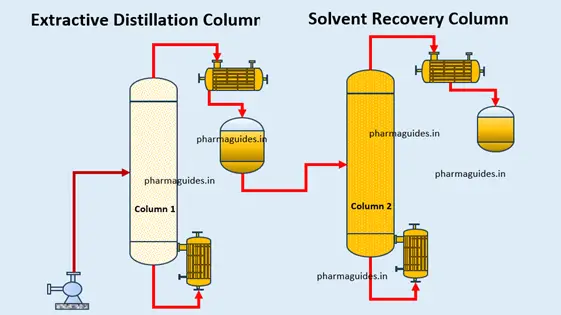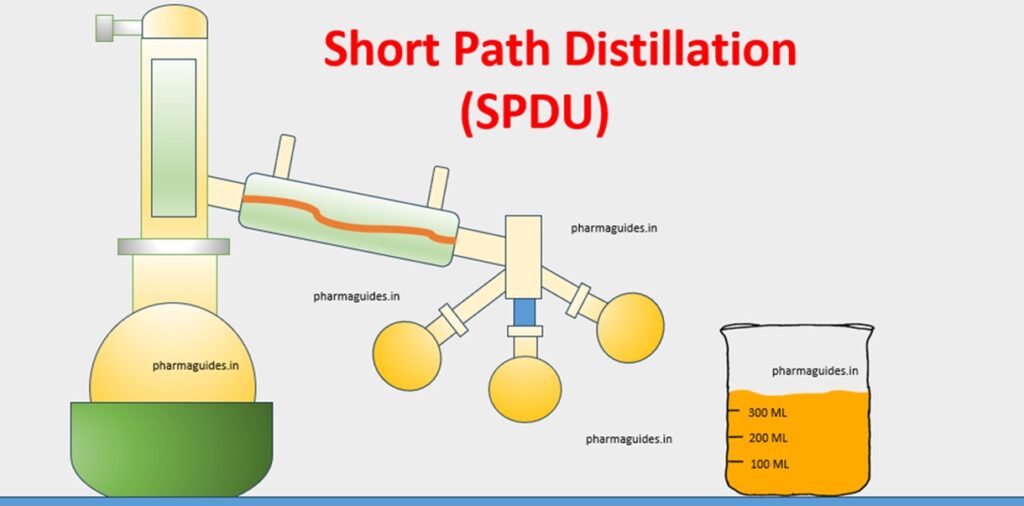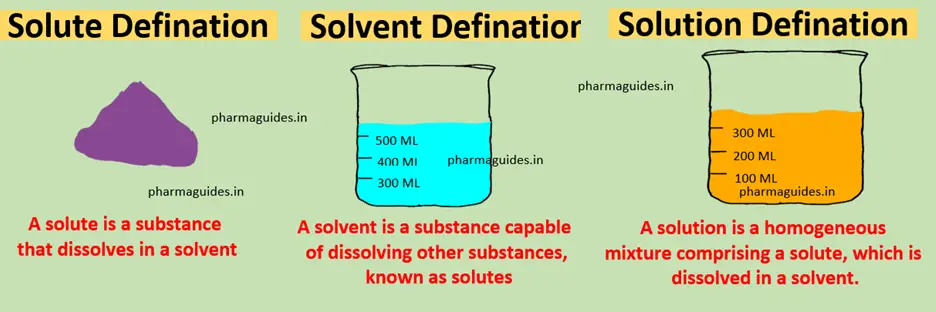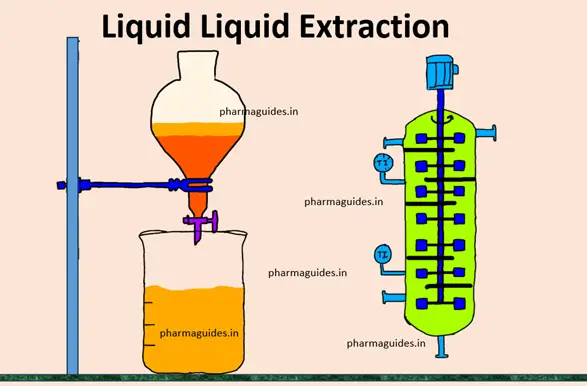Article Contents
positive deviation from raoult’s law
Embracing the Unconventional: Exploring Positive Deviation from Raoult’s Law
positive deviation from raoult’s law
In the world of chemistry, Raoult’s law has long been a fundamental principle guiding our understanding of solutions. It states that the vapor pressure of an ideal solution is directly proportional to the mole fraction of each component present. However, sometimes nature likes to surprise us by deviating from our expectations. This article delves into the intriguing phenomenon known as positive deviation from Raoult’s law, unraveling its intricacies with the help of formulas and a table.
Understanding Raoult’s Law:
Before we dive into positive deviation, let’s briefly revisit the concept of Raoult’s law. According to this law, the vapor pressure of an ideal solution is determined solely by the vapor pressures of its individual components and their mole fractions in the solution. Mathematically, it can be represented as:
Diagram of fractional Distillation
Ptotal = Pa * Xa + Pb * Xb
Where:
Ptotal is the total vapor pressure of the solution,
Pa and Pb are the vapor pressures of components A and B, respectively,
Xa and Xb are the mole fractions of components A and B, respectively.
Positive Deviation Unveiled:
In contrast to Raoult’s law, positive deviation occurs when the observed vapor pressure of a solution is higher than that predicted by the idealized law. This unexpected behavior arises due to attractive forces between the molecules of different components in the solution. Positive deviation is commonly observed in mixtures involving non-ideal or non-volatile solvents, such as when a volatile solute is mixed with a non-volatile solvent.

For instance, let’s consider the formation of an ideal solution by mixing ethanol and water. Ethanol and water molecules possess attractive forces, such as hydrogen bonding, between them. When the two substances are mixed, the attractive forces between ethanol and water molecules disrupt the regularity of vapor pressure as predicted by Raoult’s law. Consequently, the observed vapor pressure is higher than expected, leading to positive deviation.
the mixture which shows positive deviation from raoult’s law is
In the ethanol-water azeotropic mixture, the presence of positive deviation and the formation of an azeotrope have practical implications. During the distillation process of alcoholic beverages, this azeotropic mixture helps in achieving a higher alcohol concentration by selectively vaporizing ethanol while leaving behind water and impurities. This separation is possible due to the constant boiling point of the azeotropic mixture, allowing for the production of spirits with higher alcohol content.
Molecular Interactions at Play:
To comprehend positive deviation, it is crucial to delve into the molecular interactions occurring within the solution. In the case of an ethanol-water mixture, ethanol molecules experience stronger attractions with water molecules compared to interactions among ethanol molecules themselves. As a result, more ethanol molecules are found in the vapor phase than predicted by Raoult’s law, leading to a higher vapor pressure.
Effect on Boiling Point:
Positive deviation from Raoult’s law not only influences vapor pressure but also alters the boiling point of the solution. Since positive deviation results in a higher vapor pressure, the boiling point of the solution is lower compared to the boiling points of the pure components. This lowering of the boiling point can have significant practical implications, especially in industries involving distillation processes, examples of positive deviation from raoult’s law.
Applications and Significance:
Positive deviation from Raoult’s law has real-world implications in various fields. One notable example is the production of alcoholic beverages. The fermentation process involves the positive deviation behavior of ethanol-water mixtures. The higher vapor pressure caused by positive deviation aids in the separation and purification of alcohol during distillation, allowing us to enjoy our favorite spirits.
positive deviation from raoult’s law examples
| Composition (Mole fraction) | Vapor Pressure (kPa) |
|---|---|
| Pure ethanol | 85.1 |
| Pure water | 23.8 |
| Ethanol-water mix | 112.6 |
In the table above, we can see that the observed vapor pressure of the ethanol-water mixture is significantly higher than the vapor pressure predicted by Raoult’s law. This positive deviation is a result of the
attractive forces between ethanol and water molecules.
what type of solution exhibit positive deviation from raoult’s law ?
Positive deviation from Raoult’s law is commonly observed in solutions that involve the mixing of two or more components with significant intermolecular attractions. These solutions typically exhibit stronger attractive forces between the molecules of different components compared to the attractive forces between like molecules.
Some common types of solutions that exhibit positive deviation from Raoult’s law include:
- Azeotropic mixtures: These are binary mixtures that have a constant boiling point and composition during distillation. Azeotropic mixtures often display positive deviation due to the formation of new molecular complexes or interactions between the components.
- Ethanol-water mixtures: The mixing of ethanol and water is a classic example of positive deviation from Raoult’s law. The hydrogen bonding between ethanol and water molecules leads to stronger intermolecular attractions, causing the observed vapor pressure to be higher than that predicted by Raoult’s law.
People Also Asked
What is an example of a positive deviation from Raoult’s Law?
One example of a positive deviation from Raoult’s law is the mixing of ethanol and water. The presence of hydrogen bonding between ethanol and water molecules leads to stronger intermolecular attractions, resulting in a higher observed vapor pressure than predicted by Raoult’s law.
What is positive and negative deviation from Raoult’s Law?
Positive deviation from Raoult’s law occurs when the observed vapor pressure of a solution is higher than the predicted vapor pressure based on Raoult’s law. This deviation arises due to attractive forces between the molecules of different components in the solution. On the other hand, negative deviation occurs when the observed vapor pressure is lower than predicted, indicating weaker intermolecular forces between the components.
Which elements show positive deviation from Raoult’s Law?
It is important to note that positive and negative deviations from Raoult’s law are observed in solutions rather than in pure elements. However, certain combinations of elements or compounds can lead to positive deviations. Examples include ethanol-water mixtures, acetone-chloroform mixtures, formic acid-water mixtures, and nitric acid-water mixtures, as mentioned earlier.
What is positive deviation from Raoult’s Law boiling point?
Positive deviation from Raoult’s law can affect the boiling point of a solution. When a solution exhibits positive deviation, its boiling point is lower than the boiling points of the individual components. The presence of stronger intermolecular attractions in the solution leads to a higher vapor pressure and easier vaporization, resulting in a lower boiling point compared to the idealized Raoult’s law prediction.
Conclusion
The world of chemistry continually presents us with fascinating phenomena that challenge our understanding of fundamental laws. Positive deviation from Raoult’s law is one such intriguing phenomenon. By acknowledging the existence of attractive forces and molecular interactions between different components in a solution, we gain a deeper understanding of how nature deviates from our expectations. Embracing positive deviation not only broadens our scientific knowledge but also opens doors to new applications and possibilities in various industries.
Read Also,
deviation from raoult’s law non ideal solution
what is meant by positive and negative deviation from raoult’s law and how is the sign of





